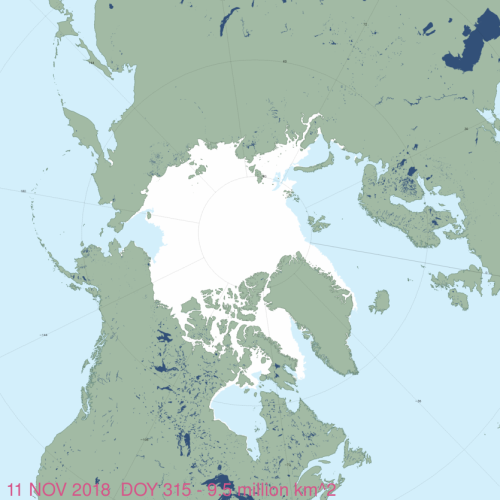Earlier this year, I challenged a journalist to ask to see the data used by Andrew Derocher and his colleagues to support their repeated claims that Western Hudson Bay polar bears are having trouble surviving. It almost happened.

David Rose, writing for The Mail on Sunday, has produced an excellent feature on the conflict between Nunavut Inuit and biologists about polar bear management, got Andrew Derocher to tell the truth about current polar bear health and survival.
Or, to be more precise, to waffle a bit on his standard message of doom:
"Even Prof Derocher, who is convinced the bears' long-term future is bleak, accepts that 'the wheels are not coming off yet', while 'some bear populations are doing fine'. In West Hudson Bay, there has been 'a recent period of stability', he says, and though 'we were seeing starving bears, starving cubs on land, that seems to have slowed down'. Then again, the computer models 'are not great on the 5 – 10 year time-frame', and it was possible that although the Arviat bears might look healthy now, they may be about to 'fall off a cliff'." [my bold]
This concession by Derocher suggests that Western Hudson Bay bears indeed are thriving, because he's the guy who holds all the data. But he couldn't help adding that disaster might be just around the corner.
But did he actually produce the data that show what's been happening with cub survival or the body condition of females since 2004? Apparently not — but his admission that conditions are not as bleak as he continually portrays them suggests he is covering for data that says the same: polar bears in Western Hudson Bay are doing just fine and Inuit are right to be worried.
This may be as good as it gets unless the people of Nunavut can force Derocher to show his data.
Read the whole story here: "Why all you've been told about these polar bears could be WRONG: Animals driven to the edge of their natural habitat by shrinking ice have become one of the defining images of climate change, but Inuits who know the predators have a very different story." (The Mail on Sunday, David Rose, 30 December 2018).
Links to previous stories with references on WH polar bear population size and sea ice:
Breaking_2016 W Hudson Bay polar bear survey shows the population is still stable
(19 September 2017)
W Hudson Bay freeze-up earlier than average for 2nd year in a row polar bear hunt resumes (10 November 2018)
W. Hudson Bay polar bear numbers declined then stabilized, says new paper (26 February 2016)
Western Hudson Bay polar bear numbers are stable, no trend in ice breakup or freeze-up (13 October 2015)
Note that in a late freeze-up year, polar bears can't leave the shore until early December, as last occurred in 2016. This is what the ice looked like the first week of December this year, when bears were able to leave for the ice by early November.

And here is what it looks like now (week of 24 December), with total coverage and getting thicker:

Globally, there is ice everywhere there needs to be for polar bears to hunt as of 29 December.

And by the time that polar bears were beginning to leave the west coast of Hudson Bay to resume hunting (around 11 November), there was enough ice worldwide for females to get to denning areas everywhere, including Wrangel Island (keeping in mind that Svalbard area bears now den on the sea ice or in Franz Josef Land, Russia, which is still within their Barents Sea region):

from Climate Change Skeptic Blogs via hj on Inoreader http://bit.ly/2LFcf2j
No comments:
Post a Comment